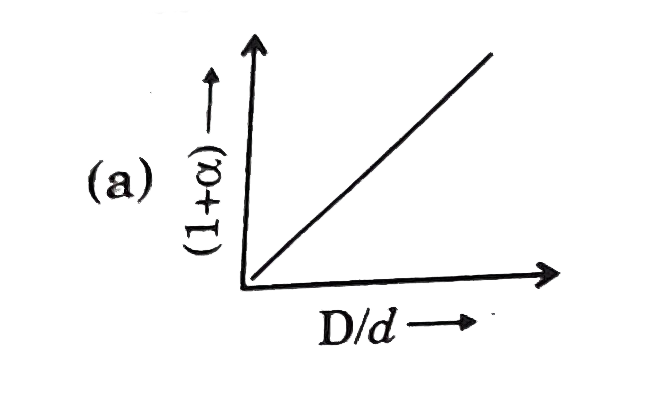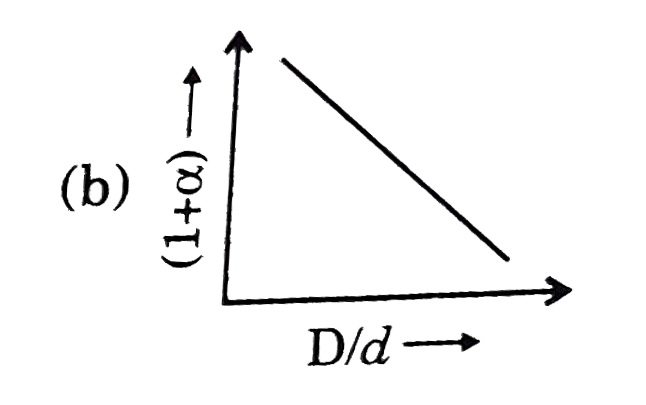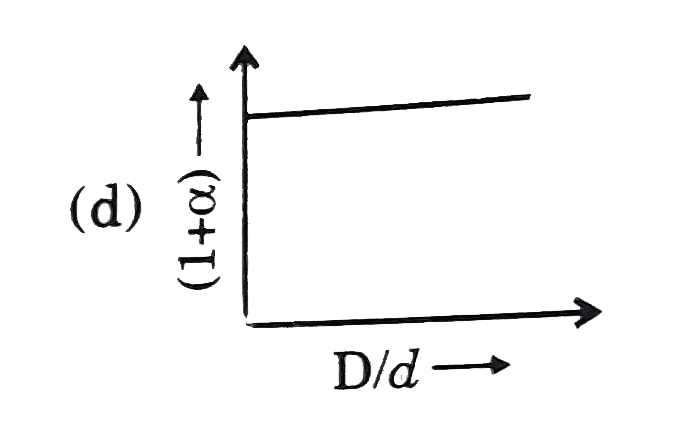Vapour density and degree of dissociation| Suppression
Step by step video solution for Vapour density and degree of dissociation| Suppression by Chemistry experts to help you in doubts & scoring excellent marks in Class 11 exams.
Updated on:21/07/2023Similar Questions
Knowledge Check
Consider the following hypothetical equilibrium
2B(g)⇔B2(g)
If d is observed vapour density and D is theoretical vapour density, then degree of association (α) will beAα=(D−dd)Bα=2D−dDCα=2−2DdDα=2DD−dThe degree of dissociation of PCl5
AIncreases with increasing pressureBDecreases with increasing pressureCNo effect on change in pressureDDecreases with decreasing pressureIn the dissociation of N2O4 into NO2.(1+x) values with the vapour densities ratio (Dd) is given by :
A B
B C
C D
D
Degree OF dissociation||Extent OF reaction
View SolutionAmmonium carbamate when heated to 473K gives a mixture of NH3 and CO2 vapour with a density of 13. Find the degree of dissociation of ammonium carbamate.
View SolutionIn the dissociation of N2O4 into NO2O4 into NO2,α varies with (Dd) according to: [α degree of dissociation, D-vapour density before dissociation, d-vapour density after dissociation]
View SolutionFor a binary weak electrolyte, the degree of dissociation is proportional to the-
View SolutionVapour density of PCl5 is 104.16 but when heated at 230∘C its vapour density is reduced to 62. The degree of dissociation of PCl5 at this temperature will be
View Solution
